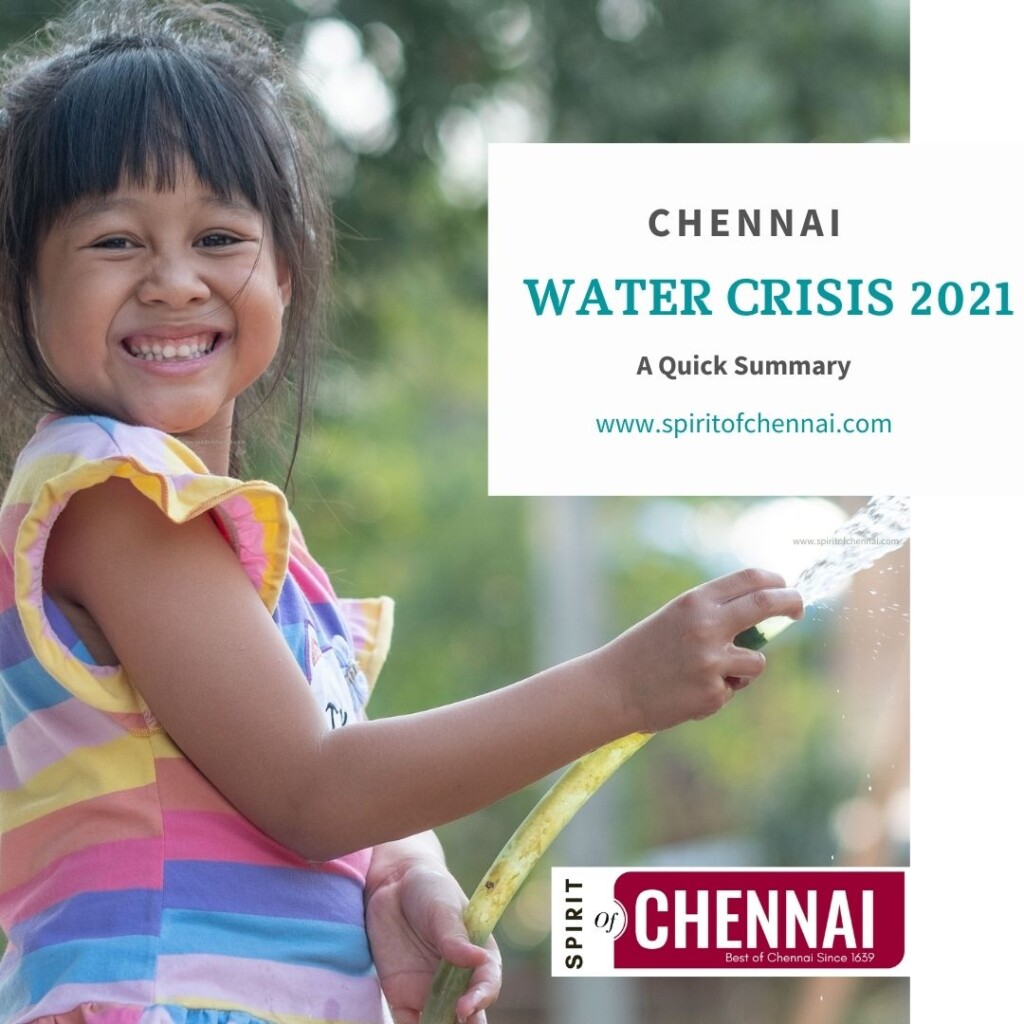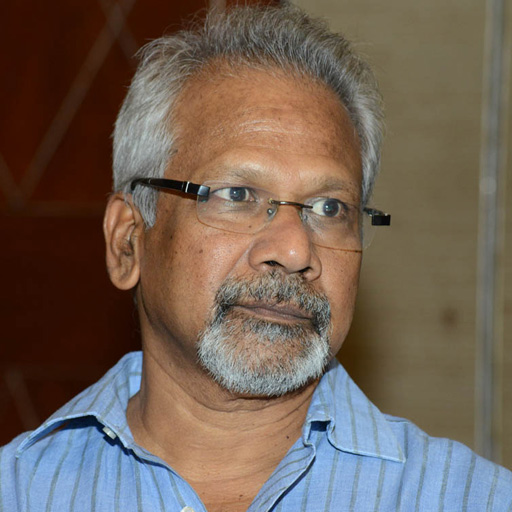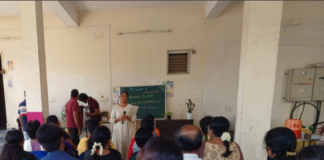Chennai anxiously awaits the summer of 2021. The season is weary for two reasons: First, the soaring mercury levels and Urban Heat. Second, the water drought or water crisis that makes the city dry and arid.
Chennai 2019 water crisis saw dry reservoirs, declining groundwater levels, and empty taps. The city residents have similar fears this summer of 2021. Will the city go arid again? Will there be a Chennai water crisis 2021? Will the citizens have to pay through their nose to get access to the world’s supposedly most abundant and ubiquitous resource?
The answer is NO!
In this article, we will show you why the Chennai 2019 water crisis will be dodged this year!

Chennai water crisis solution 1: Increased Reservoir Capacity
Until 2019, three of four reservoirs were trusted to meet Chennai’s water demand. But, today five Reservoirs and Dams infrastructures are being managed to store and supply water for Chennai. The water storage capacity in each of these reservoirs is also more closely monitored: as of March 2021, stands at 7,849 Million Cubic Feet (mcft): 70% increase from the preceding year, March 2020. All five reservoirs are up to 95% of their storage capacity – A strong reason that this summer 2021, Chennai will have adequate, if not abundant, water supply.
Chennai water crisis solution 2: Higher Groundwater Levels
The city’s groundwater levels have risen by 2.5 meters in many areas. The ‘average’ water table level, which stood at 4.09 meters below ground level (m bgl) last January 2020, is at 2.15 (m bgl) this January 2021. Even the most water arid zones of the city, like Perungudi and Valsarvakkam, saw groundwater table rise by up to half a meter. The higher water table levels across the city will ensure an abundant supply of bore waters to the individual houses. In all likelihood, Chennai’s residents will have enough groundwater through the summer of 2021.
Chennai water crisis solution 3: Promote Water Sustainability
Many attribute this rise in groundwater levels solely to abundant NE monsoons and rainfall. But, the aquifer levels of Chennai improved not just by monsoonal rains but also by the government machinery that took extra-efforts to channelize, percolate, and save the rain waters. A water restoration project based on hydro-geological science of percolation to recharge ground waters was implemented across the city.
Two immediate benefits were realized through this water restoration program:
1. The Desilted & Restored Waterbodies have better freshwater storage capacity and have improved the overall Groundwater Levels in the neighborhoods.
2. The Restored Waterbodies acts as large-scale Rainwater Harvesting Catchments, thereby decentralizing or reducing flood disaster risk in the event of rains.
The restored water bodies today serve as an urban oasis to the local residents of Chennai. Today, almost 130 waterbodies in the city have been restored, additional inland water storage of 0.87 Thousand Million Cubic (TMC) has been realized, and 4.35 TMC Groundwater has been recharged, through this water restoration project.
Chennai’s Reservoirs, Waterbodies, Rainwater Harvesting Zones, Storm Water Drains and Ground Water Structures are better managed today. The different state agencies prolifically worked together to improve the city’s water situation. Chennai’s water resources, watersheds and man-made hydrological structures have been efficiently managed to promote water sustainability. Thanks to the watershed management policies and implementation: Chennai will have increased drinking water availability this summer 2021.
Our findings are based on extensive research of this topic.
Data from Chennai Corporation, Chennai Metro Water and Sewerage Board, and Public Works Departments were used to decipher inferences and generate results.
For more Detailed Article with Facts and numbers on Chennai Water Crisis 2021 please view our published work with TerraGreen



